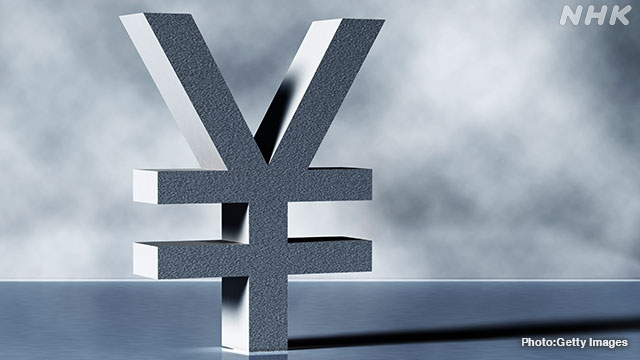
Long-term interest rate rises to 0.15% for the first time in two years and four months as U.S. long-term interest rates rise
On the bond market on the 25th, long-term interest rates, which are also used as a guide for mortgage rates, rose and hit 0.15% for the first time in two years and four months.
A typical indicator of long-term interest rates is the yield on 10-year government bonds, which is used by banks as a guide for mortgage rates.
The yield on government bonds rises when they are sold in the market and their prices fall, but on the bond market on April 25, orders to sell government bonds increased, and long-term interest rates rose to 0.15 percent from 0.12 percent on April 24.
This is the first time in two years and four months since October 2018.
The background is the rise in long-term interest rates in the United States.
Expectations for economic recovery due to the progress of vaccinations against the new coronavirus and the consideration of additional economic measures involving massive fiscal stimulus have pushed long-term interest rates to their highest level in almost a year.
In response to this trend, there has been a widespread move in Japan to sell government bonds and allocate funds to relatively riskier financial instruments such as stocks.
A market insider said, "In response to the new coronavirus, central banks around the world are keeping interest rates low through large-scale monetary easing. The Bank of Japan is also continuing its easing measures to keep long-term interest rates at around zero percent. With today's rapid rise in interest rates, investors are watching the trend of interest rates in the U.S.," he said.
Source: https://www3.nhk.or.jp/news/html/20210225/k10012886001000.html?utm_int=news-business_contents_list-items_011
 English
English Japan
Japan

ed pills comparison - erectile dysfunction medicines best non prescription ed pills
online pharmacy india - canadian pharmacy levitra value pack canadian pharmacy ltd
real cialis cheap - free trial of cialis viagra tablet 100mg price
stromectol drug - ivermectin 3 mg without prescription ivermectin 6mg stromectol
chumba casino - slot games online slot machines
to buy amoxilin on line - buy amoxil 250mg uk amoxicillin rash